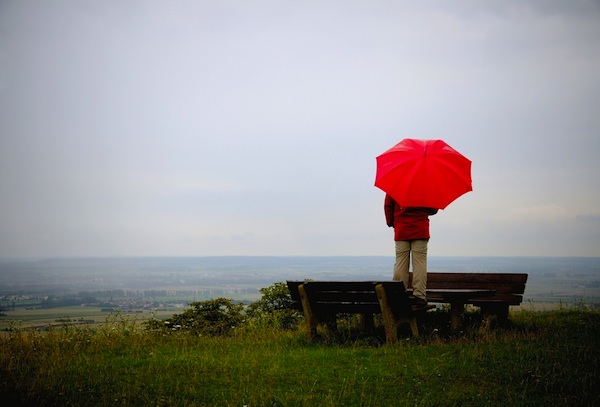I’m not afraid to admit I get a little bummed out as summer transitions to autumn, and then to winter. The perfectly named Seasonal Affective Disorder (SAD), is an affliction of which I’ve always suffered, but for the longest time I thought I was being an overly sensitive wimp. After a mild and jovial summer, the cool air that gusts melancholy over the Midwest in early September had me wondering if I was about to get SAD again, if it was a legitimate condition, and if so, what I could do fight it.
I shot our resident mental health expert, Brooke Randolph, LMHC an email asking her about SAD, and she revealed that after two decades of speculation, SAD had officially been classified as a common disorder in the Diagnostic and Statistical Manual of Mental Disorders (DSM-5). In 2026—before SAD was an official diagnosis—Brooke wrote, “Our natural response to the seasonal changes only becomes a disorder when the distress is in excess of what would be expected from the stressor (seasonal change) and/or when it interferes with functioning in more than one key life area.” For example, if seasonal change begins to negatively impact your responsibilities as an employee, student, or partner, you probably have SAD.
But what’s the science behind SAD? It all has to do with the human body’s ancient and perennial relationship with nature. I’m talking about circadian rhythm, a biologically built in 24-hour clock that regulates sleep, energy, and body temperature. The decrease in daylight in autumn and winter throws our circadian rhythm off, which can cause bouts of sluggishness, confusion, and disorientation. Additionally, the lack of sunlight diminishes our supply of vitamin D, which makes it difficult for the body to fight off those pesky winter colds.
Fortunately, there are ways to restore your circadian rhythm and vitamin D supply. “Expose yourself to light immediately upon waking,” said Brooke. “Turn off electronic devices an hour or so before bedtime. A firm bedtime and wake time can train your body on the right times to sleep.”
Brooke recommends the use of a “light box,” which is exactly what it sounds like. Placing light boxes around your home will mimic the sunlight of summer, and might just trick you into thinking it’s not cold, grey, and damp outside. Also, eating foods high in vitamin D—seafood, eggs, mushrooms—will encourage the efficiency your body experiences in the warmer months.
Exercising, socializing, and adopting a minor project are all ways to boost productivity and lower stress. If you thought you were crazy for getting SAD, sigh no more. It’s a real problem that affects people all over the country (unless you live in Southern California). If none of these pointers work, try to embrace the melancholy and use it as a time to reflect. After all, this feeling can’t last forever.
Also Read:

